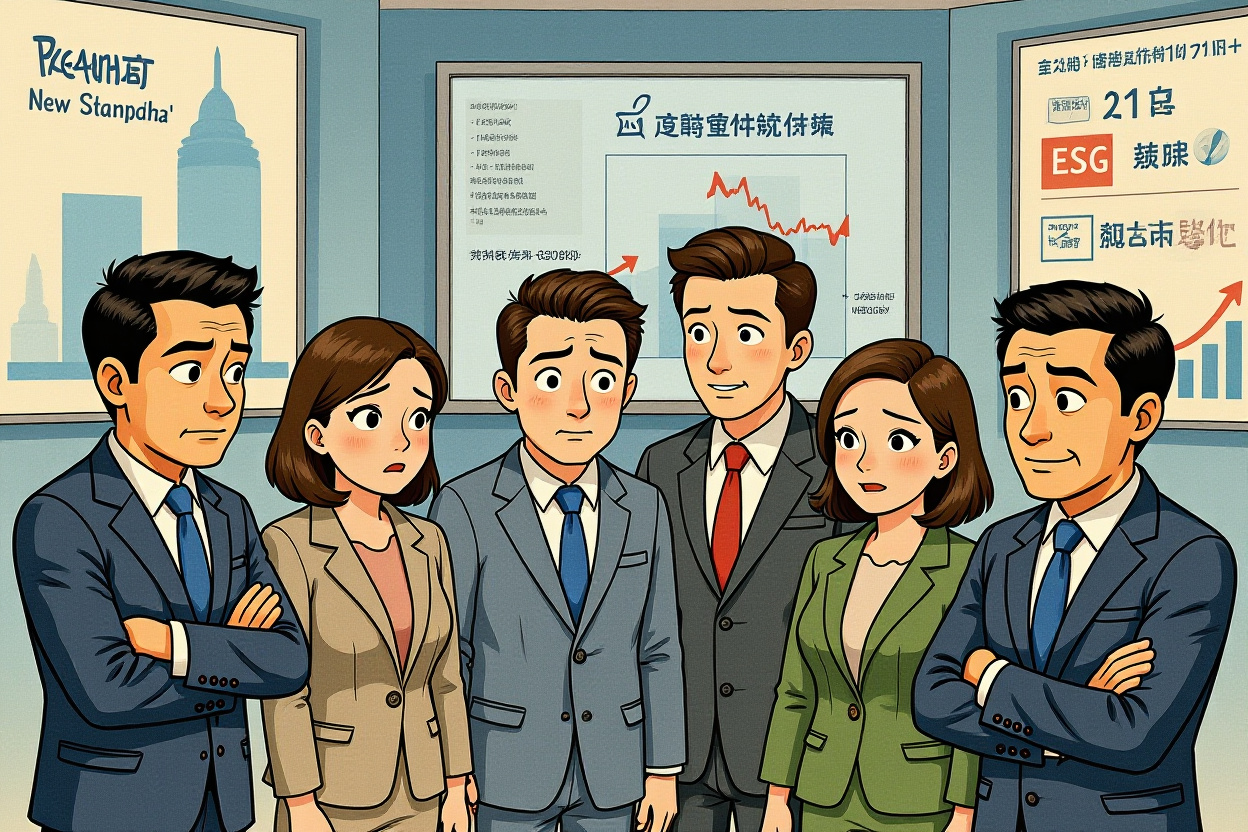Market Impact of Arc’teryx’s Environmental Controversy
Global outdoor apparel company Arc’teryx (始祖鸟) faces mounting pressure after its sponsored fireworks display in Tibet’s Himalayan region sparked widespread environmental concerns and regulatory scrutiny. The September 19th event, created with artist Cai Guo-Qiang (蔡国强), has triggered a corporate crisis that highlights growing investor sensitivity to environmental, social, and governance (ESG) factors in Chinese equities.
Immediate Market Reaction
Following the controversy, market analysts observed increased volatility in luxury and outdoor recreation stocks with China exposure. The environmental impact assessment process initiated by Arc’teryx will be closely watched by institutional investors weighing the company’s crisis management capabilities and long-term sustainability credentials.
– Share price movement in related consumer sectors
– Increased scrutiny of international brands operating in ecologically sensitive regions
– ESG fund managers reviewing position holdings in outdoor apparel companies
Regulatory Response and Investigation
Government Intervention
The Tibet Autonomous Region government through its ‘Cloud Peak Zhumulangma’ (云端珠峰) WeChat account announced that Shigatse municipal authorities have established an investigation team dispatched to the site. This rapid regulatory response demonstrates China’s increased emphasis on environmental protection in ecologically vulnerable regions.
According to the official statement: ‘Shigatse Municipal Party Committee and Municipal Government attached great importance to the incident and have established an investigation team that rushed to the scene for verification. Subsequent handling will be conducted according to law and regulations based on verification results.’
Legal and Compliance Implications
The incident occurs amid China’s strengthening environmental protection laws and increasing penalties for violations. Companies operating in protected areas face heightened regulatory scrutiny, particularly in Tibet’s sensitive ecosystem which serves as an important ecological security barrier for China and Asia.
Corporate Accountability and Crisis Management
Arc’teryx’s Response Strategy
The company’s September 21st apology letter represents a comprehensive crisis management approach that acknowledges stakeholder concerns while outlining concrete steps for remediation. Arc’teryx committed to conducting a thorough environmental impact assessment through third-party experts and implementing corrective measures based on findings.
Key elements of their response include:
– Immediate acknowledgment of public concerns
– Commitment to transparent environmental impact assessment
– Pledge to implement remedial actions based on assessment results
– Establishment of dedicated communication channel (environment@arcteryx.com)
– Acceleration of existing Tibet environmental protection plans
Broader Industry Implications
This incident highlights the increasing risks for international brands operating in China’s sensitive regions. Companies must balance artistic expression, brand marketing, and environmental responsibility while navigating complex regulatory environments and growing public environmental awareness.
Environmental Considerations in Corporate Strategy
Ecological Sensitivity of the Region
The Himalayas represent one of the world’s most fragile ecosystems, serving as the source of Asia’s major river systems and supporting unique biodiversity. Any large-scale event in this region requires meticulous environmental planning and consideration of potential ecological consequences.
Sustainable Business Practices
The controversy underscores the growing importance of comprehensive environmental impact assessment processes for corporate events and marketing activities. Companies must integrate environmental considerations into all aspects of operations, particularly when operating in protected or ecologically sensitive areas.
Investment Implications and Market Outlook
ESG Integration in Investment Decisions
This incident demonstrates how environmental missteps can quickly evolve into financial and reputational crises. Institutional investors are increasingly incorporating ESG factors into investment decisions, with environmental incidents potentially affecting company valuations and investment attractiveness.
Sector-Wide Risk Assessment
The outdoor apparel and luxury goods sectors face particular scrutiny regarding environmental practices. Companies that successfully integrate sustainability into their brand identity and operations may achieve competitive advantages, while those facing environmental controversies could experience negative financial impacts.
Forward-Looking Analysis for Investors
The Arc’teryx incident serves as a case study in corporate environmental responsibility and crisis management. The company’s commitment to a transparent environmental impact assessment process and implementation of remedial actions will be critical for restoring stakeholder confidence.
Investors should monitor:
– Completion and findings of the environmental impact assessment
– Regulatory actions from Tibetan authorities
– Consumer sentiment and brand perception metrics
– Implementation of promised environmental protection initiatives
– Stock performance relative to sector peers
Companies operating in China must recognize that environmental responsibility has become a critical business imperative rather than merely a compliance requirement. The comprehensive environmental impact assessment promised by Arc’teryx represents an opportunity to establish best practices for corporate environmental stewardship in sensitive regions.
Financial professionals should evaluate how companies integrate environmental considerations into their risk management frameworks and whether they possess adequate protocols for assessing potential environmental impacts before undertaking activities in ecologically vulnerable areas. The market will closely watch how Arc’teryx’s environmental impact assessment unfolds and what corrective measures the company implements based on its findings.




